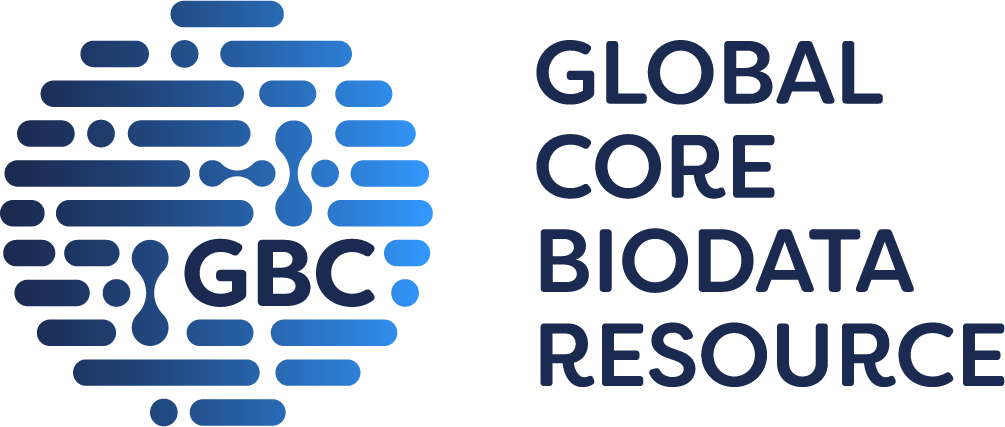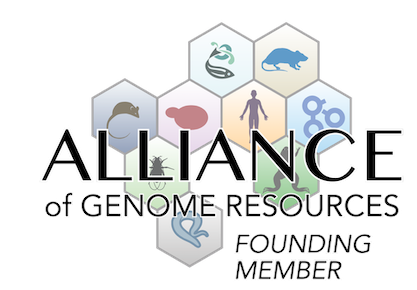skeleton
|
• the skull is undercalcified and shows patent fontanelles
|
|
• severely underdeveloped in newborns due to decreased ossification
• the underdevelopment of the hyoid bone is still apparent in 6-day-old mice
|
|
• severely affected teeth
|
|
• incisors are completely absent or severely underdeveloped in mice at 17 days and 10 weeks of age
|
|
• molars are underdeveloped in mice at 17 days and 10 weeks of age
|
|
• incisors and molars are underdeveloped at 17 days and 10 weeks of age
|
|
• 10-week-old mice exhibit supernumerary teeth-like phenotype
|
|
• mandibula is severely underdeveloped in newborns due to decreased ossification
|
|
• mandibular retrognathism
• underdeveloped mandibles and mandibular retrognathism result in a large gap inside the oral cavity causing an anterior open bite
|
|
• severely underdeveloped in newborns due to decreased ossification
|
|
• severely underdeveloped in newborns due to decreased ossification
|
|
• underdeveloped long bones, leading to severe deformities
|
|
• hypoplasia/aplasia of clavicles
|
|
• shorter medullary cavity in 10-week-old mice
|
|
• mice show a decrease in osteoblast numbers, however the number of osteoclasts is not affected
|
|
• femurs show an almost complete lack of trabecular bone
|
|
• every bone, except vertebrae and sternum, in 6-day-old mice is severely underdeveloped
|
|
• primary calvarial cells show a decreased number of osteoblasts after 14 days of culture, indicating inhibited osteoblastogenesis
|
|
• proliferative zone is decreased and disorganized
• reduction in proliferating chondrocytes in both the resting and proliferation zones
|
|
• lack of hypertrophic chondrocytes
• reduction in chondrocytes of the hypertrophic region of the growth plate
|
|
• growth plate is shorted
• newborns have decreased cartilage and underdeveloped growth zones
|
|
• columns of proliferating and hypertrophic chondrocytes are less organized
|
|
• mice exhibit decreased bone mineralization and skeletal deformities
• primary calvarial cells show a reduction in mineralization after 21 days of culture
|
|
• femurs show decreased growth and reduced ossification in 3-week-old mice
• mandibula, hyoid bone, thyroid cartilage, and cricoid cartilage in newborns is underdeveloped due to decreased ossification
|
|
• mice show delayed bone ossification, with newborns having decreased ossification and endochondral bone formation
|
|
• tibias show impaired endochondral bone ossification
|
|
• tibias show impaired intramembranous bone ossification
|
cellular
|
• primary calvarial cells show a decreased number of osteoblasts after 14 days of culture, indicating inhibited osteoblastogenesis
|
craniofacial
|
• the skull is undercalcified and shows patent fontanelles
|
|
• severely underdeveloped in newborns due to decreased ossification
• the underdevelopment of the hyoid bone is still apparent in 6-day-old mice
|
|
• severely affected teeth
|
|
• incisors are completely absent or severely underdeveloped in mice at 17 days and 10 weeks of age
|
|
• molars are underdeveloped in mice at 17 days and 10 weeks of age
|
|
• incisors and molars are underdeveloped at 17 days and 10 weeks of age
|
|
• 10-week-old mice exhibit supernumerary teeth-like phenotype
|
|
• mandibula is severely underdeveloped in newborns due to decreased ossification
|
|
• mandibular retrognathism
• underdeveloped mandibles and mandibular retrognathism result in a large gap inside the oral cavity causing an anterior open bite
|
growth/size/body
|
• severely underdeveloped in newborns due to decreased ossification
• the underdevelopment of the hyoid bone is still apparent in 6-day-old mice
|
|
• severely affected teeth
|
|
• incisors are completely absent or severely underdeveloped in mice at 17 days and 10 weeks of age
|
|
• molars are underdeveloped in mice at 17 days and 10 weeks of age
|
|
• incisors and molars are underdeveloped at 17 days and 10 weeks of age
|
|
• 10-week-old mice exhibit supernumerary teeth-like phenotype
|
|
• mandibula is severely underdeveloped in newborns due to decreased ossification
|
|
• mandibular retrognathism
• underdeveloped mandibles and mandibular retrognathism result in a large gap inside the oral cavity causing an anterior open bite
|
|
• 3-week-old mice exhibit disproportionally short stature
|
limbs/digits/tail
short limbs
(
J:211343
)
respiratory system
|
• severely underdeveloped in newborns due to decreased ossification
|
|
• severely underdeveloped in newborns due to decreased ossification
|
Mouse Models of Human Disease |
DO ID | OMIM ID(s) | Ref(s) | |
| cleidocranial dysplasia | DOID:13994 |
OMIM:119600 OMIM:216330 |
J:211343 | |



 Analysis Tools
Analysis Tools